Concerns regarding the pollution caused by plastic have grown significantly over the past few years, and for good reason. Plastic, which was once regarded as a miracle material because to its versatility and durability, has now displayed a dark side that poses a threat to ecosystems and possibly even to human health. An investigation that was conducted not too long ago put light on a particularly troubling element of plastic pollution, which is the presence of nanoplastics in bottled water.
Nanoplastics in Bottled Water:
Nanoplastics are a growing problem in the field of plastic pollution, owing to their small size and associated health risks. Recent investigations on bottled water have found substantial quantities of nanoplastics, raising concerns about the safety of this commonly used beverage.
Nanoplastics are extremely small, around 100,000 times smaller than the width of a sheet of paper. Their small size makes them difficult to detect and evaluate using traditional methods, adding to a lack of understanding regarding their prevalence and impact. Regardless of their size, nanoplastics have distinct features that set them apart from bigger plastic particles.
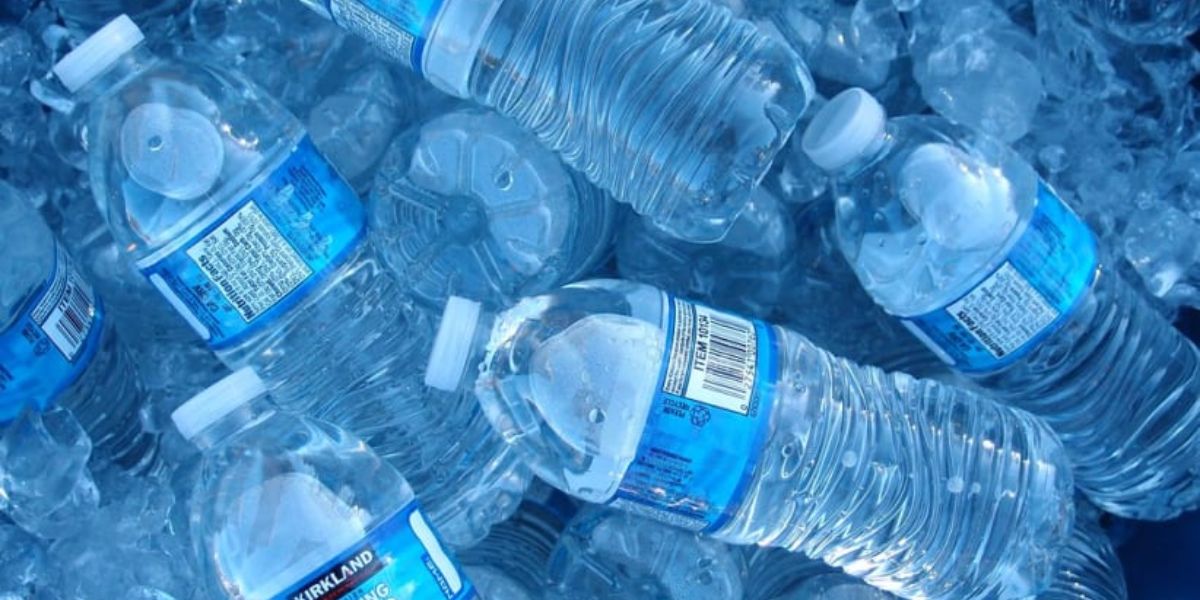
One major worry with nanoplastics in bottled water is their ability to absorb hazardous substances. Plastic polymers, which are used to make a variety of plastic products such as bottles, can degrade over time, releasing additives and other substances into the environment. When nanoplastics are absorbed through bottled water, the compounds may penetrate the human body, raising worries about their health effects.
Furthermore, nanoplastics can interact with biological systems in ways that bigger plastic particles cannot. Their small size enables them to pass through biological barriers such as cell membranes and even the blood-brain barrier, which could have serious consequences for human health. Nanoplastics have been found in studies to accumulate in many organs and tissues, potentially leading to inflammation, oxidative stress, and other negative effects.
Despite an increasing body of research pointing to the existence of nanoplastics in bottled water and the possible health effects, much remains unknown. The long-term effects of nanoplastic exposure on human health, as well as the mechanisms via which nanoplastics interact with biological systems, are little understood. Addressing these knowledge gaps is critical for establishing effective solutions to reduce the dangers of nanoplastic contamination in bottled water and other sources.
Everywhere You Look, Microplastics
Microplastics consisting of particles with sizes ranging from one nanometer to five millimeters have made their way into practically every part of our globe. In a shocking revelation, research has shown that the average American consumes more than 44,000 microplastic particles on a yearly basis and breathes in more than 46,000 of them. In light of this widespread presence, it is imperative that immediate action be taken to address the issue of plastic pollution at its origin.
Introducing Nanoplastics into the World:
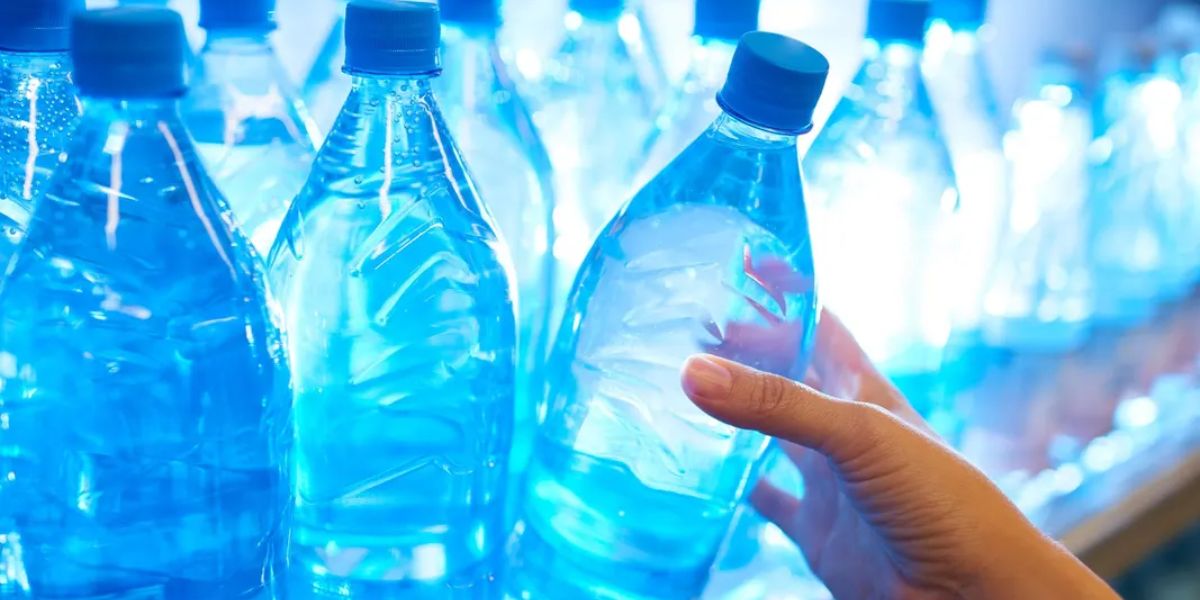
The emergence of nanoplastics as a significant environmental and health hazard is a relatively recent phenomenon that has been driven by advancements in scientific understanding and technological capabilities. Nanoplastics were largely ignored in debates concerning plastic pollution until relatively recently. Their larger equivalents, microplastics, were the primary focus of attention. On the other hand, as our capacity to identify and quantify nanoplastics has increased, the presence of these materials and the potential damage they could cause have become more apparent.
Studying nanoplastics presents a number of problems, one of the most significant being their size. When it comes to detecting particles on the nanoscale, conventional techniques for analyzing plastic pollution, such as microscopy and spectroscopy, are not always suitable. In order to isolate and characterize nanoplastics in environmental samples, researchers have been forced to design new methods and protocols. This has resulted in the production of novel approaches.
The magnitude of the problem of plastic pollution on a worldwide scale has been brought to light by the discovery of nanoplastics in a variety of ecosystems, including oceans and rivers, soil, and air for example. These minuscule particles can originate from a wide range of causes, such as the disintegration of bigger pieces of plastic trash, the deterioration of synthetic textiles, and the fragmentation of plastic items and packaging.
Nanoplastics have the capacity to interact with live organisms and ecosystems, which is a particularly worrisome element of these materials. Because of their little size, nanoplastics are available for consumption by a diverse array of animals, ranging from plankton and fish to mammals and even humans. Once nanoplastics have entered the body, they have the ability to aggregate in organs and tissues, from which they could possibly cause harm through mechanisms that are not yet completely understood.
It is imperative that additional studies be conducted in order to gain a better understanding of the distribution, fate, and consequences that nanoplastics have on the environment. This is because nanoplastics continue to attract the attention of scientists, policymakers, and common people. Our ability to develop more effective methods to address this urgent environmental and public health concern is directly correlated to the degree to which we improve our understanding of nanoplastic contamination and the implications it has.
Considerations Regarding the Effects of nanoplastics on Human Health
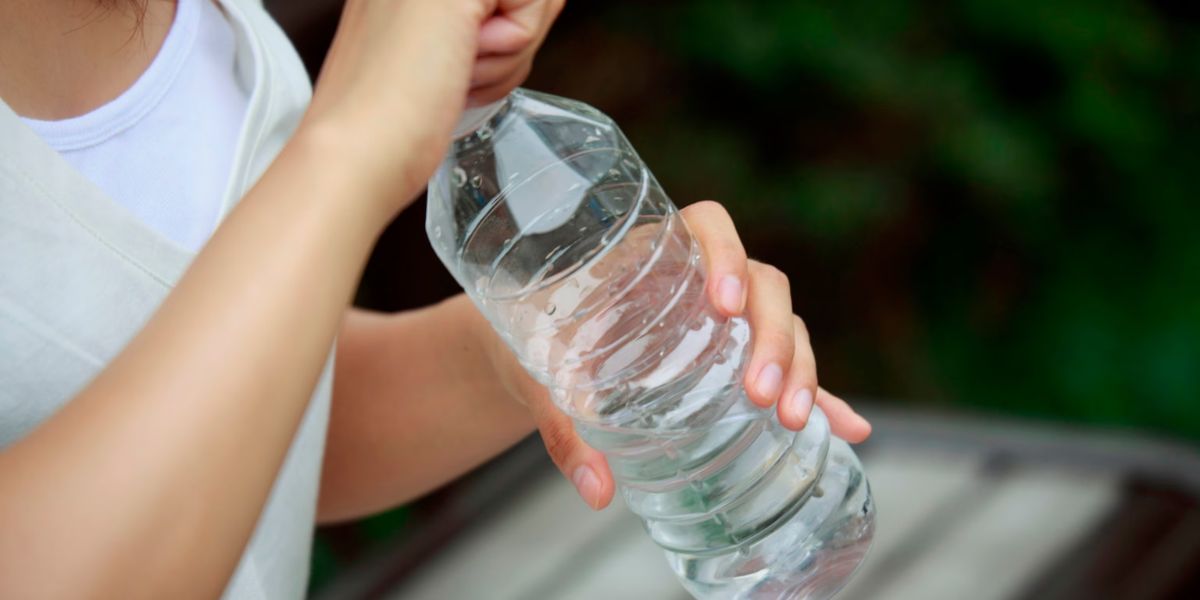
Nanoplastics, which are extremely small particles with a size of less than one nanometer, have recently become a major cause for worry in the fields of environmental and public health. Nanoplastics may be associated with a variety of health hazards for humans, according to accumulating data, even if our understanding of their impact is still in the process of developing. In this section, we will discuss some of the possible impacts that nano plastic exposure could have on the human body:
Ingestion and Absorption: Nanoplastics are found everywhere in the environment and can find their way into our bodies through the consumption of food, water, and even the air that we breathe. When these minute particles are consumed, they have the potential to amass in the gastrointestinal tract, which might potentially disrupt the process of nutrient absorption and the health of the gut.
Concerns have been raised over the long-term implications that nanoplastics may have on digestive processes and overall health as a result of their presence in the digestive system.
Distribution inside the Body: Research has demonstrated that nanoplastics are capable of moving through the bloodstream, which enables them to reach a variety of organs located throughout the body. The fact that they have the ability to pass through the blood-brain barrier, which is a protective membrane that shields the brain from potentially hazardous compounds, is a specific cause for concern. The fact that nanoplastics are able to penetrate the brain raises concerns about the effects that they have on the functioning of the nervous system and the state of cognitive health.
Both inflammation and the immune response have been linked to nanoplastics, which have been shown to be responsible for causing inflammation in tissues where they collect. There is a correlation between chronic inflammation and a wide range of health issues, such as cardiovascular disease, diabetes, and autoimmune illnesses. The inflammatory reaction that nanoplastics evoke highlights how important it is to understand their role in either encouraging or worsening inflammatory processes that occur within the body.
Hormonal disruptions: Specific nanoplastics contain compounds that are utilized in the production of plastic, such as phthalates and bisphenol A (BPA). These chemicals can cause disruptions in hormones. It has been demonstrated that these substances interfere with the activity of hormones and have the potential to have negative impacts on reproductive health.
Concerns have been raised regarding the influence that nanoplastics may have on the hormone balance and fertility of both men and women because they have the capacity to leach hazardous substances into the body.
Cellular Damage: Nanoplastics have the potential to cause oxidative stress and damage to cells within the body. This can be a result of their destructive properties. Oxidative stress is a condition that arises when there is an imbalance between free radicals and antioxidants, which ultimately results in the dysfunction and damage of cells. It is possible that the buildup of damaged cells as a result of exposure to nanoplastics may play a role in the development of age-related diseases, cancer, and other health problems.
Long-Term Effects: Despite the increased knowledge of the presence of nanoplastics and the possible concerns they pose, there is still a great deal of uncertainty regarding the long-term effects that nanoplastics must have on human health. In order to have a better understanding of the whole range of impacts that are linked with nanoplastic exposure, research activities are now being conducted.
These effects include neurological impairments, reproductive abnormalities, and chronic diseases. For the purpose of establishing effective measures to mitigate the impact that nanoplastics have on human health and well-being, it is essential to have a thorough understanding of the long-term repercussions of nanoplastic exposure.
Results of the Study
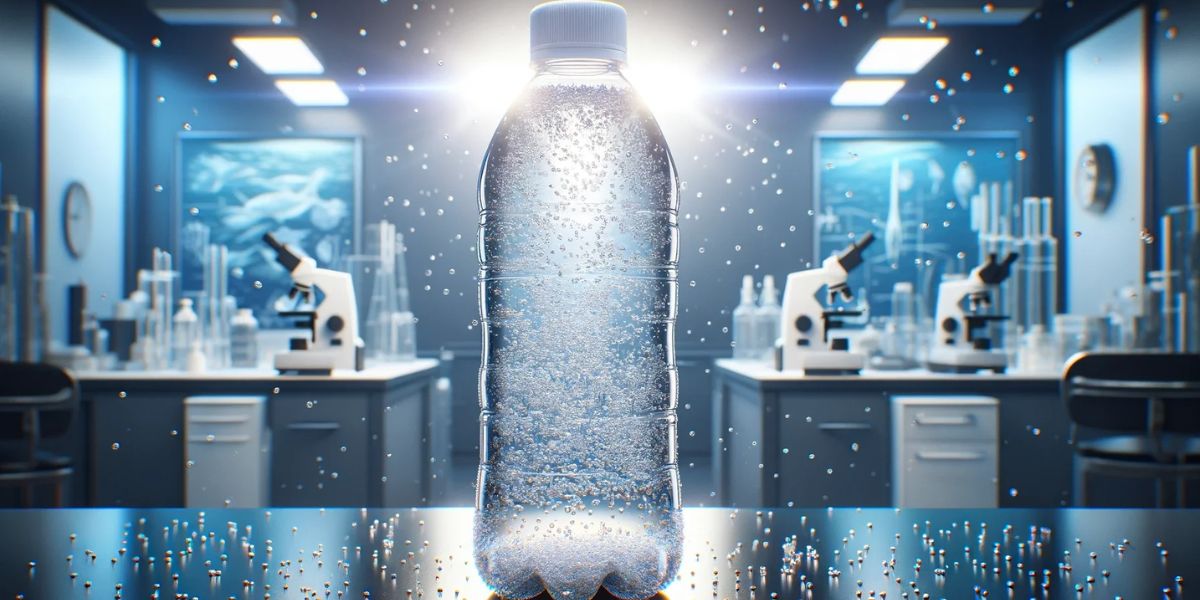
In a study that was carried out, the researchers looked at three of the most popular brands of bottled water that are offered in the United States. There were an astounding 240,000 bits of plastic found in a liter of water on average, with 90 percent of them being nanoplastics. The findings were disturbing. In spite of the fact that bigger microplastics accounted for the remaining 10%, the overwhelming frequency of nanoplastics raises severe concerns about the safety of consuming bottled water.
Issues of Concern and Questions
Significant concerns have been expressed over the potential adverse effects that nanoplastics may have on human health as a result of their discovery in human lungs and blood. A great number of questions are still unanswered, despite the rising proof of their presence and the potential harm they could cause.
Particularly important among these are the length of time that nanoplastics remain in the body and the complete scope of the impacts that they have on human health. When it comes to establishing effective solutions to limit the dangers associated with nanoplastic exposure, addressing these uncertainties is of the utmost importance.
Practical Steps for Reducing Plastic Pollution
Plastic pollution has become a major environmental concern, but individuals can make practical efforts to reduce their contribution to the problem. Here are a few effective strategies:
Reducing the usage of single-use plastics is a key step that can have a significant impact. This includes refusing to use plastic bags, straws, and utensils in favor of reusable alternatives like cloth bags, stainless steel straws, and bamboo utensils. Furthermore, using glass or stainless steel containers for food storage rather than disposable plastic containers can greatly minimize plastic waste.
Investing in a reusable water container and refilling it with tap water can reduce plastic waste compared to purchasing bottled water. Individuals can help reduce the demand for plastic manufacture by removing the need for single-use plastic water bottles, resulting in less plastic ending up in landfills and seas.
To reduce plastic waste, consider buying in bulk and picking products with minimal or no plastic packaging. Being cognizant of packaging options and choosing alternatives like cardboard, glass, or metal will help minimize overall plastic usage and waste.
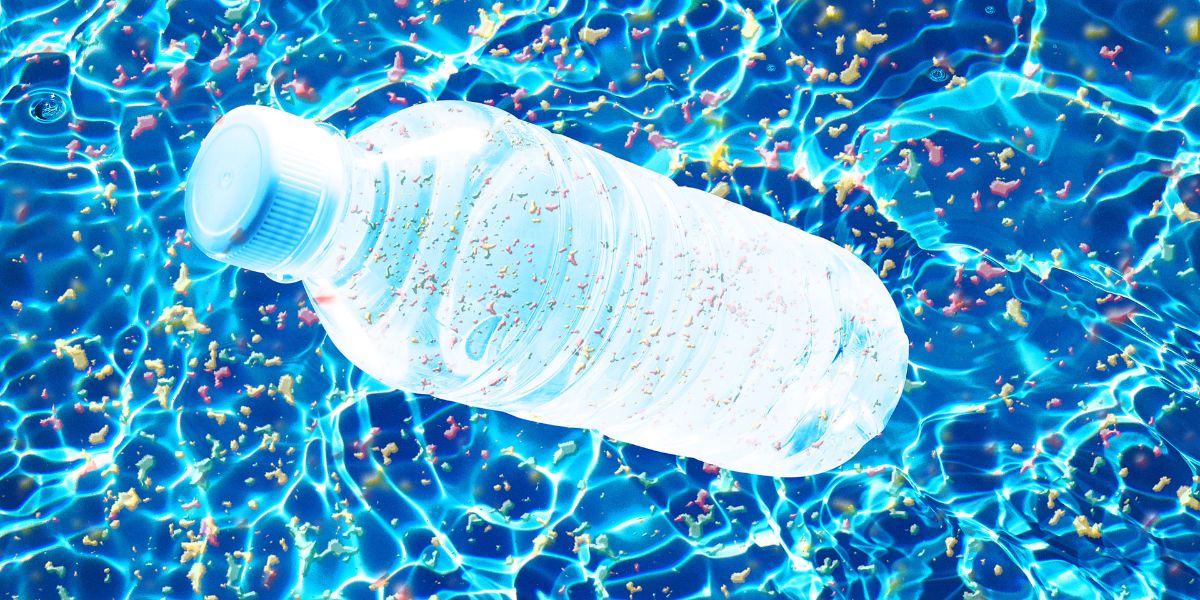
Proper recycling helps reduce plastic pollution: It is critical to understand local recycling guidelines and properly sort plastics. While many plastics are recyclable, some are not, thus it is critical to understand what can and cannot be recycled in order to implement effective waste management methods.
Joining local beach or park cleanups is an effective strategy to reduce plastic waste. Individuals can help protect marine life by removing plastic litter from natural areas. Participating in cleanups raises awareness about the problem of plastic pollution and motivates others to take action.
Advocating for legislation that limits plastic consumption and promotes recycling is a crucial step toward addressing plastic pollution. This can involve advocating for restrictions on single-use plastics in local communities and pushing the implementation of efforts to reduce plastic waste.
Raising awareness about plastic pollution and its impact is crucial for driving action on a large scale. Individuals can raise awareness about the issue among their friends, family, and community members, encouraging them to adopt environmentally friendly activities. Individuals can contribute to the development of an environmentally responsible culture by raising awareness and supporting sustainable solutions.
Choosing sustainable alternatives to plastic is an excellent approach to reduce pollution. Using cloth bags for groceries instead of plastic bags and beeswax wraps instead of plastic wrap for food preservation are two examples of eco-friendly solutions that people can implement into their daily life.
Avoiding microbeads in personal care products: These microscopic plastic particles, which are commonly found in exfoliating scrubs and other cosmetic items, can end up in water bodies and endanger marine life. Choosing products without microbeads helps to lessen the environmental impact of personal care routines.
Support Brands with Eco-Friendly Practices: Individuals can help reduce plastic pollution by supporting brands that prioritize eco-friendliness and waste reduction. Purchasing products from companies that use recycled materials, provide refill stations, or implement other sustainable measures can help create positive change in the marketplace.
Final Thoughts
Deeply distressing is the fact that bottled water, which is frequently considered to be a safe and convenient option, really includes hundreds of millions of bits of plastic that are so small that they are microscopic. The importance of this highlights the urgent need for concerted measures to decrease plastic pollution at its source, find alternative packaging options, and establish stronger laws on the production and disposal of plastic.
In addition, when it comes to protecting the environment and the health of the general population for future generations, it is absolutely necessary to conduct additional research into the effects that nanoplastics have on human health. It is abundantly evident that the moment to take action on the issue of plastic pollution is now, despite the fact that consumers and policymakers alike are struggling to comprehend the consequences of this research.










